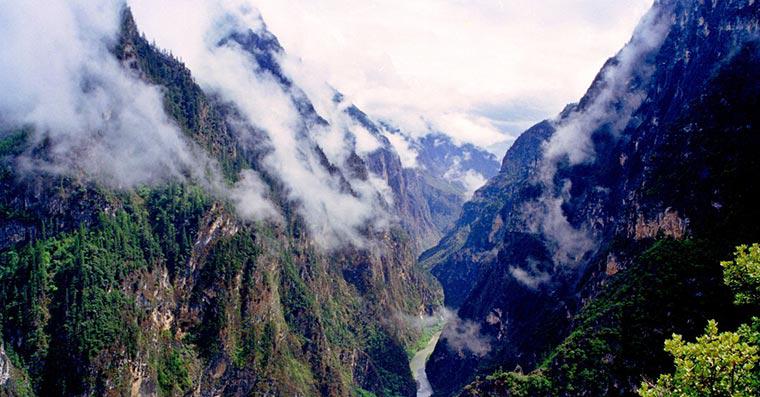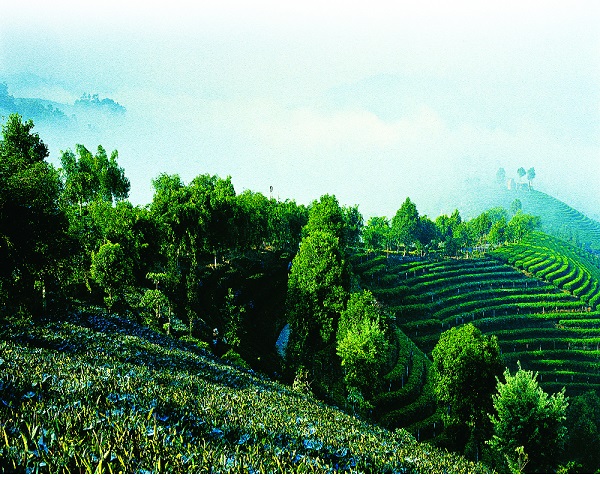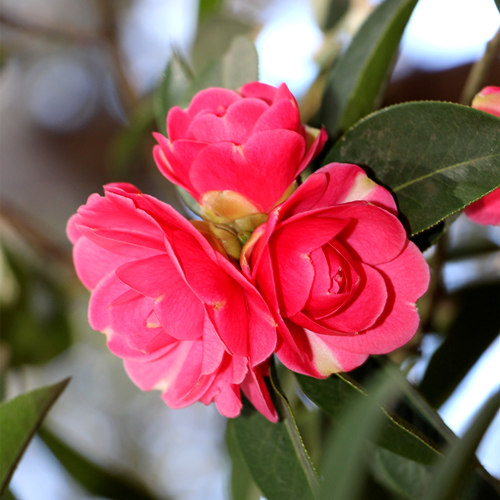
Detailed Introduction to Zhenkang County of Lincang
Zhenkang County (镇康县) is an important county under the administration of Lincang City in southwestern Yunnan Province, China. Known for its rich natural landscapes, diverse ethnic cultures, and strategic location near the Myanmar border, Zhenkang County offers a unique blend of traditional rural life and modern development. Its economy is driven by agriculture, cross-border trade, and emerging eco-tourism, while its cultural heritage reflects a harmonious mix of local ethnic traditions.
Geographical Location and Climate
Location:
Zhenkang County is situated in the far southwestern part of Yunnan Province and is a key county of Lincang City. It shares a border with Myanmar, making it a vital gateway for cross-border trade and cultural exchange. The county covers an area of roughly 3,000–3,500 square kilometers, with varied terrain that includes rolling hills, rugged mountains, and fertile river valleys.
Terrain and Environment:
Mountainous Landscape: The region is characterized by its rugged terrain and elevated areas, which form part of the greater Hengduan Mountains.
Water Resources: Several rivers and streams traverse the county, enriching the soil and supporting abundant vegetation.
Biodiversity: The varied ecosystems support a rich diversity of flora and fauna, making Zhenkang attractive for eco-tourism and sustainable agriculture.
Climate:
Zhenkang experiences a subtropical monsoon climate, with warm, humid summers and mild, relatively dry winters. Annual temperatures typically range from 14°C to 22°C. The region receives plentiful rainfall during the monsoon season, contributing to its lush vegetation and productive agricultural lands.
Historical Background
Zhenkang County has a long and storied history shaped by its strategic location and cultural diversity:
Ancient Trade Routes: Historically, Zhenkang lay along important trade routes, including segments of the ancient Tea Horse Road, which facilitated the exchange of tea, horses, and other goods between Yunnan, Tibet, and Southeast Asia.
Ethnic Settlement: The county has been home to a mix of ethnic groups for centuries. The influence of the Dai, Lahu, Va, and other minorities is deeply woven into the fabric of the region.
Modern Administration: In modern times, administrative reforms integrated Zhenkang into Lincang City. The county has since balanced development with the preservation of its traditional cultures and natural resources.
Economic Overview
The economy of Zhenkang County is largely based on agriculture and cross-border trade, with emerging sectors in eco-tourism and small-scale industries.
1. Agriculture
Crop Cultivation: Zhenkang’s fertile lands support the cultivation of staple crops such as rice and corn, as well as high-value cash crops including tobacco and tea.
Specialty Agriculture: The county’s climate and soil conditions are favorable for growing tropical and subtropical fruits (like mangoes, lychees, and citrus), as well as medicinal herbs, which are important for traditional Chinese medicine.
Tea Production: As part of the Pu'er tea region, many local farmers cultivate high-quality tea, which is processed and traded both domestically and internationally.
2. Cross-Border Trade
Zhenkang’s proximity to Myanmar has made it a hub for cross-border commerce. The exchange of agricultural products, handicrafts, and raw materials plays a vital role in the local economy. This trade facilitates economic growth and fosters cultural exchange between China and its Southeast Asian neighbors.
3. Eco-Tourism and Small Industries
Eco-Tourism: The county’s pristine natural environment and diverse ecosystems are drawing interest from eco-tourists. Initiatives are underway to develop guided nature tours, birdwatching excursions, and sustainable rural tourism.
Local Handicrafts: Traditional crafts—such as weaving, bamboo carving, and silver jewelry making—contribute to the local economy and help preserve cultural heritage.
Ethnic and Cultural Heritage
Zhenkang County is home to a rich tapestry of ethnic groups, each contributing to its vibrant cultural landscape.
1. Dai Culture
Traditions: The Dai people in Zhenkang are celebrated for their colorful attire, water-related rituals, and festivals like the Water Splashing Festival.
Architecture: Traditional stilt houses and ornate temples reflect the Dai aesthetic and historical lifestyle.
2. Lahu and Va Cultures
Cultural Practices: The Lahu and Va communities maintain distinct customs, music, and dance forms that add to the county’s cultural diversity.
Festivals: Their annual festivals, often marked by folk dances, traditional songs, and communal feasts, play an important role in social life.
3. Integration of Other Ethnic Groups
Cultural Harmony: Han, Yi, and



